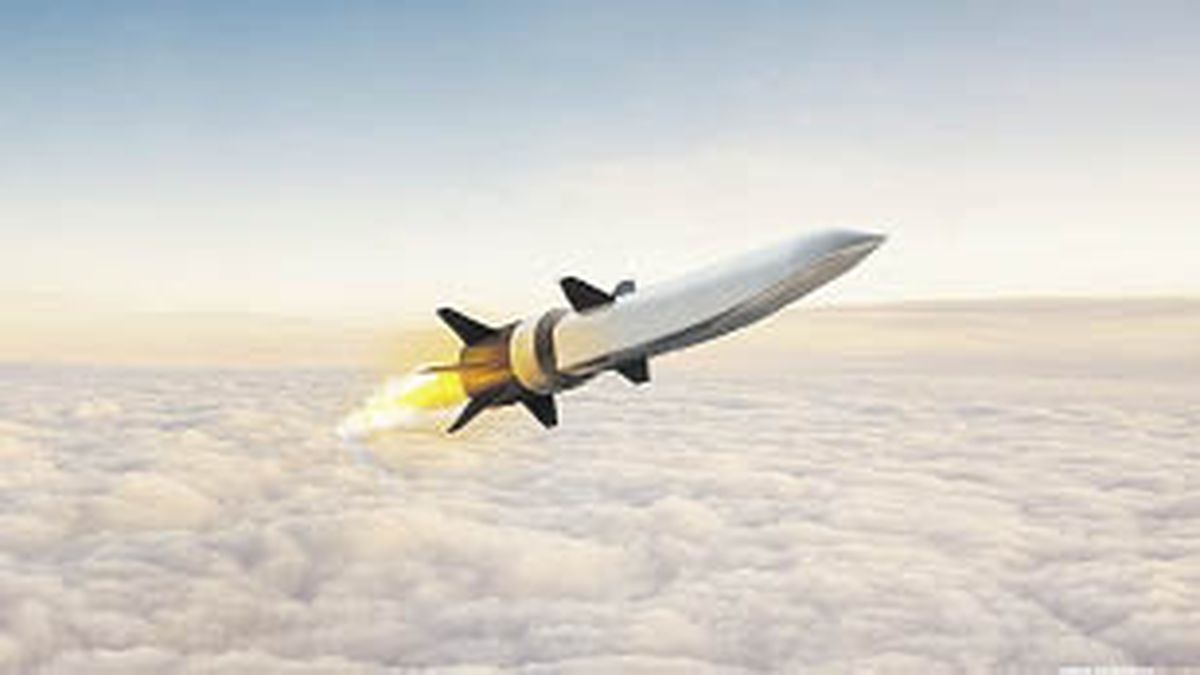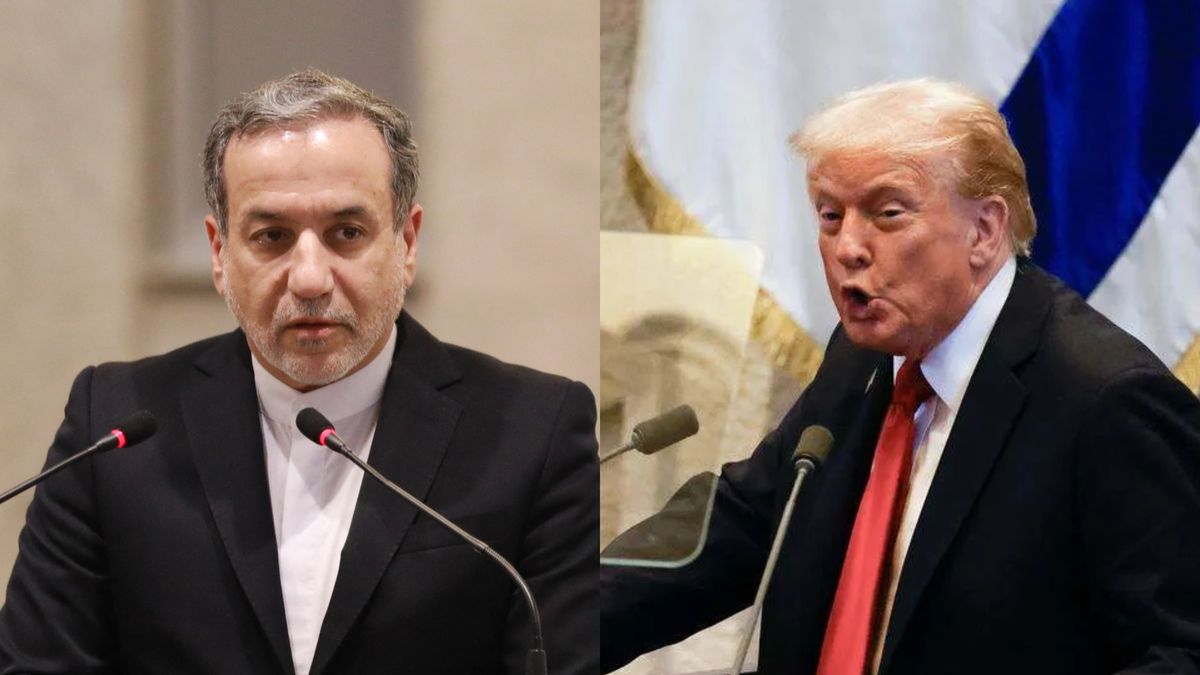A hypersonic missile develops speeds greater than five times that of sound, that is, about 6,000 kilometers per hour. According to the Iranian military official, who was quoted by the Fars agency, “this missile, which targets enemy anti-missile systems, represents a great leap in generation in the area of missiles.”
Unlike ballistic missiles, hypersonic missiles fly low, so they can hit targets more quickly. Additionally, they can change course, making it difficult to track and shoot down.
While countries like the United States have developed systems designed to defend against ballistic and cruise missiles, the ability to track and shoot down a hypersonic missile remains an unknown.
Several countries seek to develop them. Russia, North Korea, China and the United States have announced tests, reviving fears of a new arms race.
Russia has an advantage in the sector, with several types of such missiles, and in August announced the deployment of planes equipped with hypersonic weapons in Kaliningrad, a Russian enclave surrounded by NATO countries in northeastern Europe.
atomic risk
The novelty comes at a time when talks to reactivate the 2015 nuclear agreement between Tehran and the 5+1 Group – the United States, the United Kingdom, China, France, Germany and Russia – remain stalled, which maintains the Persian atomic plan without any military control. This alarms Israel, which considers the program “an existential threat” that should be eradicated by military attack.
The agreement reached with six major powers gave Iran sanctions relief in return for guarantees that it would not develop an atomic weapon. Iran has always denied wanting to obtain a nuclear weapon.
The agreement fell apart following the unilateral withdrawal of the United States from the agreement in 2018 under President Donald Trump.
It also comes after Iran announced on November 5 the test flight of a rocket capable of propelling satellites into space.
The United States has repeatedly expressed concern that these launches could boost Iran’s ballistic missile technology, extending to the possible delivery of nuclear warheads.
The head of the International Atomic Energy Agency (IAEA), the Argentine Rafael Grossi, expressed concern about the Iranian announcement.
“These types of announcements increase concern and reinforce public attention on the Iranian nuclear program,” Grossi said on the sidelines of the COP27 climate summit in Sharm el Sheikh, Egypt.
Context
The announcement also came shortly after Iran admitted sending drones to Russia, although it clarified that this happened before the start of the war in Ukraine.
The Washington Post claimed on October 16 that Iran was preparing to send missiles to Russia, but Tehran said this information was “completely false.”
In March, the US government imposed sanctions on Iran’s missile-related activities.
Iran, shaken for two months by demonstrations following the death on September 16 of Mahsa Amini, a young Iranian Kurdish woman detained by the morality police, accuses its “enemies”, in particular the United States, of wanting to destabilize the country. .
On Wednesday, Iran warned countries in the region, especially Saudi Arabia, that it would respond to any moves aimed at destabilizing the Islamic Republic.
Source: Ambito
David William is a talented author who has made a name for himself in the world of writing. He is a professional author who writes on a wide range of topics, from general interest to opinion news. David is currently working as a writer at 24 hours worlds where he brings his unique perspective and in-depth research to his articles, making them both informative and engaging.




